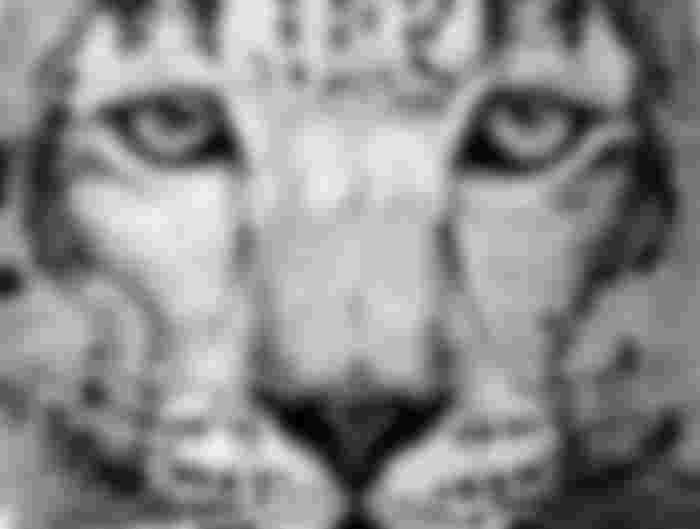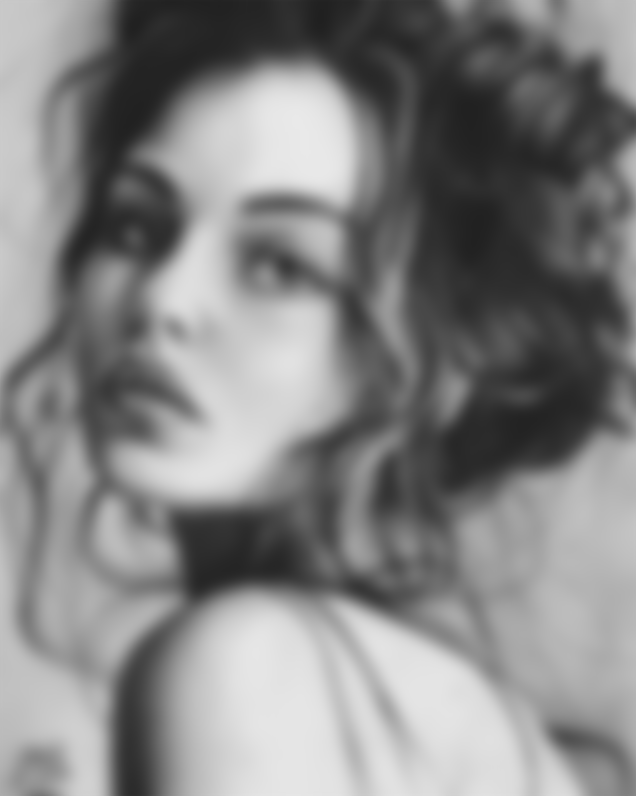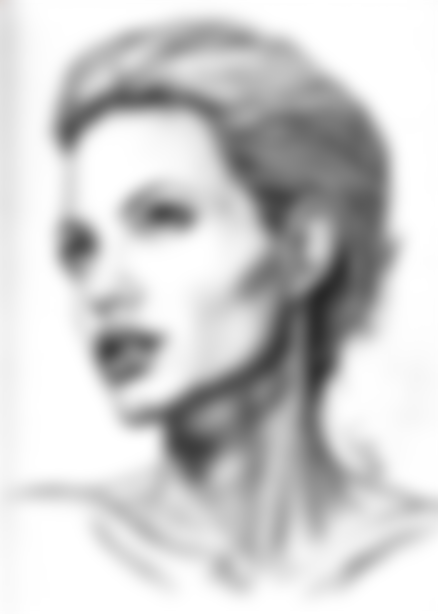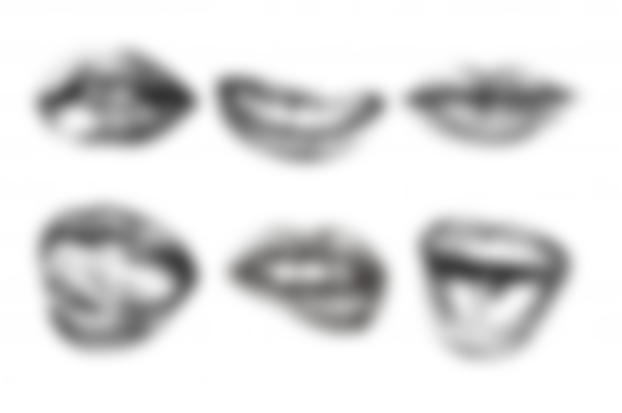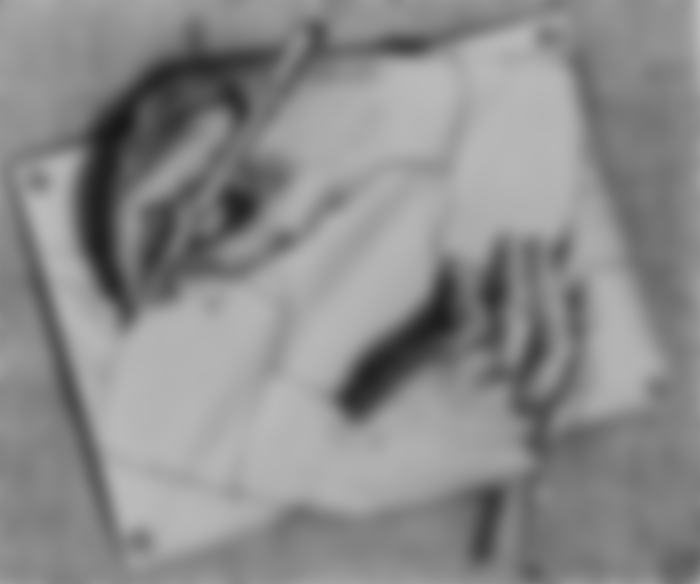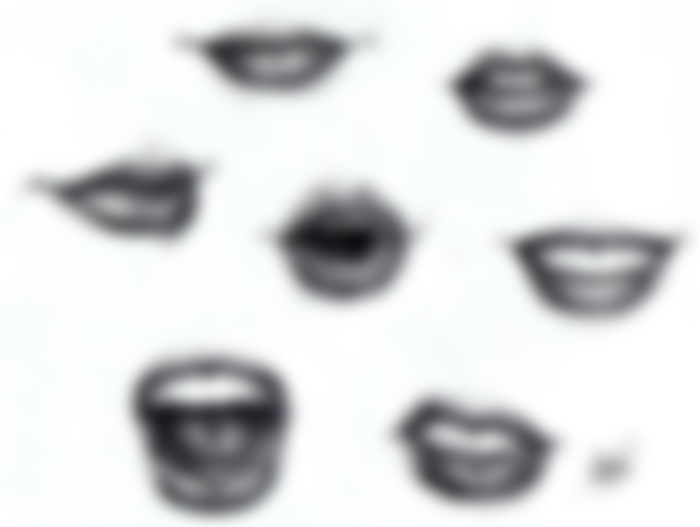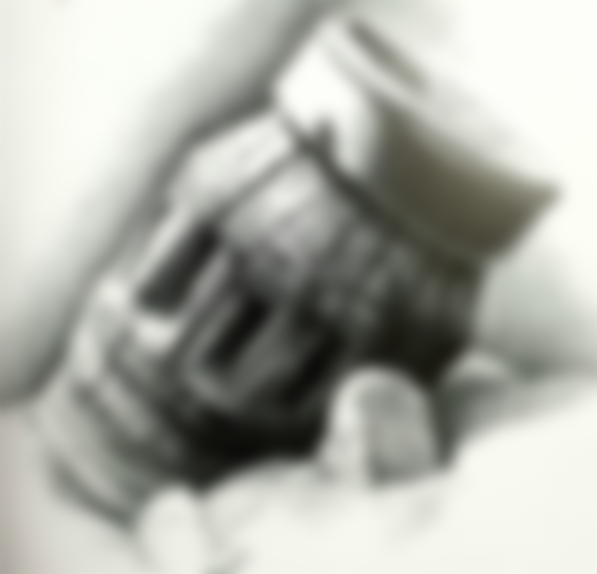As a self-taught cartoonist, I can tell you that drawing is a skill that anyone can learn. All you need is knowledge of basic drawing techniques, a little willpower and motivation and a lot of practice.
Anyone can learn to draw if they are shown basic techniques and encouragement. Learn how to draw and improve you're drawing skills in a relatively short time on these pages.
Whether you are a beginner, hobby artist or art student, here you will find all the necessary techniques and a lot of tips on how to successfully master this skill for free.
Drawing - The Oldest Art
The first record of a human being was a drawing, not a letter. "- Marjane Satrapi, Iranian multi-artist
Drawing is probably as old as humanity itself and probably the only skill that our ancestors practiced, which was not of direct importance to their survival, such as making weapons and shelters or the skill of hunting.
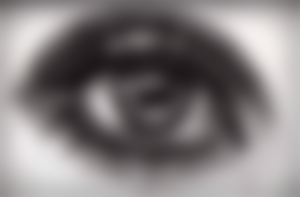
Probably people drew to be seen, to show their status in the group, they drew to please someone or to scare someone. They drew their faces, their bodies, they painted and drew on their weapons and clothes various figures, patterns and symbols that they thought would bring them the expected result.
On all continents, there is a lot of evidence that prehistoric people drew and painted on the rocks and on the walls of the caves where they once lived. The Balkans in particular are rich in these drawings on the rocks, and the most famous cave drawings in Europe are found in caves in the south of France and Spain.
Until 1841, when the first paint was made in a tube, pigments, substrates, solvents and hardeners were made and mixed by the artists themselves. It was a time when the art of making quality paints seemed to overshadow the art of drawing. However, the fact remains that without a good drawing there is no good picture.
Today, all the necessary material, for any type of painting technique, can be found in specialized shops and bookstores, and the Internet offers a lot of useful information on this topic.
Drawing has become available to everyone.
The Beauty of Drawing is in What it Can Be Learned in Any Age
That's right, drawing can be learned at any age because, you will be surprised when I tell you, to learn to draw, you do not need TALENT but knowledge and regular practice!
You too can learn to draw because drawing is a skill that can be learned and which, like all other skills to develop, you only need to practice regularly.
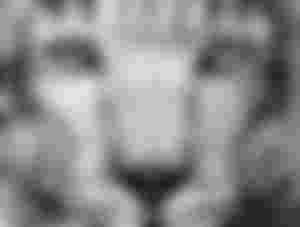
Stop mistakenly believing that art is something created for the chosen, reserved only for the talented or only for the rich (oh yes, I am personally convinced that there are those who believe that art was created only for the rich ?!).
Art is for everyone, and the most fun part is that you can also learn to draw.
This site is intended for everyone who wants to learn to draw regardless of age and abilities. Go in order and make sure that "everyone can learn to draw".
Why Drawing?
I will try to explain to you here why drawing. Those who are already drawing know exactly what it is about, and you who want to learn to draw do it as soon as possible because you have a lot of reasons for it.
Drawing is a great hobby, but more than that. As a hobby, it offers a lot of pleasure and every moment of spending time with a pencil will fill you with joy. As a hobby, drawing is supported by the fact that the basic necessary accessories do not cost much and can be used for a relatively long time ... for example, with one pencil you can draw a dozen or more drawings, normally it depends on the size of the drawing, drawn details and the application technique. Pencils, and one eraser will last you even longer.
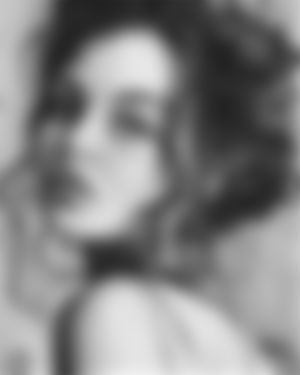
Drawing can be more than a hobby, it can be the answer to the question of how to make extra money. Although I personally think that today it is almost impossible to survive just by drawing, it is still a good way to earn a little money by drawing portraits of people and pets as well as favorite scenes of a city or nature.
I have to tell you that a handmade drawing is the best gift you can give to a loved one. No matter who the gift is for, you will do the right thing if you give someone you're drawing as a gift. People always accept such a gift with joy, and especially women, for some reason, accept such a gift with undisguised enthusiasm.
There is a lot of symbolism in the act of giving your work as a gift!
Learning how to draw is a good basis for all future architects, engineers and especially for those who want to deal with art. Learn how to draw and draw, because it will not only help you go through the learning process easier, but by drawing you strengthen your instinct and creativity, which is very important for your further life.
And finally, I can say that people have always, and even now, look at those who master the art of drawing with a great deal of sympathy and enthusiasm, which, believe me, is really nice ;-)
Anyone Can Draw
Certainly not. Only those who are interested can learn to draw. Very simple and the same as for everything else in life.
Have you heard so far of someone who is not interested in, say, football going to games or playing football? Have you seen someone who is not interested in music go to piano lessons?
It's the same with drawing. Anyone who is interested can draw well if they are shown the basic technique and if they continue to practice and practice that technique, ie if they draw regularly.
Portrait exercise
My experience so far has taught me that the saying "Everything is a Matter of Technology" is more than a simple phrase.
In Life It Is Really All A Thing Of Technology!
Cooking, riding (whether car, motorcycle or bicycle), swimming, drawing, basketball, wood and metal processing, flying ... the core of every skill is a technique that can be learned, and behind perfection is daily practice.

And what is talent then?
Look at talent as someone's extreme interest in something. A man who has a talent "for something" actually has an increased interest in that "something" and at a given moment has a greater amount of knowledge than others about that "something".
But talent needs to be nurtured, that is, fed with new knowledge, technique and routine in order to always be above the "average".
This is easiest to achieve if you accept drawing as one of the fun. Everything goes much easier if, while mastering the technique, you have fun. So always draw topics that are fun for you. If you have fun drawing animals then you do, if it is fun for you to draw caricatures of your loved one's then feel free to have fun drawing those cartoons.
Never force yourself to do something that does not entertain or motivate you.
Let drawing always be fun for you.
Drawing is Watching
"All our knowledge comes from our observation" -Leonardo DA Vinci
Painting artists and theorists will tell you Drawing is Looking when you need to describe the essence of the drawing technique in one sentence.
He will also tell you that, during drawing, they spend more than two-thirds of their time looking at the object they are drawing, and the rest at what they are drawing.
They look to convey as faithfully as possible all the shapes, lines, lights and darkness from the object to their paper. They copy the shape of the object as they see it, at that, given, moment.
So we can say instead of Drawing is Watching that drawing is actually copying.
It is true that artists do not like that word, because the word copying has a negative connotation when used in the context of creativity. It is associated with inventiveness, even theft. That is why artists and everyone who creates do not like that word.
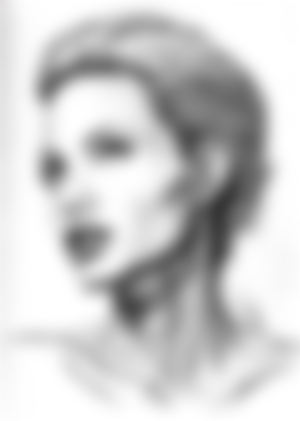
But drawing is just that — copying.
By drawing, we copy on paper the figure of a certain object, the head or body of a man, a house, an animal or a landscape, all the same, we copy the lines of that object on paper. Even when we draw abstract forms we are actually copying images from our imagination and putting them on paper.
Almost all great artists used various methods of copying. Starting from the famous Leonardo DA Vinci to Albrecht Durer, the most famous German Renaissance painter and theorist, who invented several very successful devices and methods for faithful copying.
You'll be amazed at how many people actually use the principle of redrawing and copying in their creative work. Painters, comic artists, architects, cartoonists do that ... and in doing so they have developed a real arsenal that they use during the copying process.
Wooden Crayons
Wooden crayons used to be "reserved" only for children, but in recent years things have changed so much in favor of colored pencils that more and more hobby and professional artists use them in their creative work, and some of them have specialized and work exclusively with them creating extraordinary works of art.
Their advantages are great, starting from the fact that they are now made in more than 200 different colors and shades, which eliminates the need to learn how to mix colors for a couple of years (as is the case in painting). Simply select the pencil in the desired color and draw.
Apart from the cutter, colored pencils do not require any additional accessories, they are easy to use and can be easily transferred and worked with "in the field".

They say they can be combined with all other drawing and painting techniques. So far I have only used them in combination with plain, graphite pencils and the effects are wonderful.
I must mention that there are big differences between wooden crayons intended for artists and those usually used by children.
Professional crayons contain significantly more pigments and wax in themselves than children's colored pencils, so they leave a clear, rich in color and depth trace on paper. The end effect is drawing, which can completely replace painting with colors.
Since it is basically a pencil, after mastering the basic techniques for drawing with graphite pencils, wooden crayons are somehow imposed as a natural extension for working.
Motivation
So far, I have received dozens of letters from site visitors who in one way or another have a problem with motivation. I am no exception, even today I have, from time to time, a problem to motivate myself and start drawing something or to finish the work I have already started.

Let's start from the beginning.
The word motivation comes from the Latin word motives, which translates as to initiate, force, force and means "what moves a person from within to do something or to behave in a certain way".
Fear of criticism
Probably the biggest obstacle to improvement. For a long time, I hid my works from friends and relatives, fearing what they would say.
You will easily overcome this fear if you follow a few basic rules, which are:
-Always hang out with positive people. Don't show your work and don't talk about your new skill with people you know will give negative comments, especially don't hang out with people who give comments in the style of "you should be born for that, you can't do that, why you're wasting time, people will laugh at you ... "
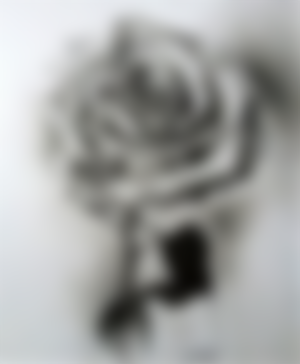
I will not go into what is the reason for such behavior, simply - stay away from such people because such people are detrimental to your motivation and your success.
Regularly show your drawings to people or groups of people you know will receive praise or helpful criticism in the style of "you need to fix this, pay attention to that, etc."
Catch and hold your rhythm
The other thing you need to know is that we humans are beings who, like all nature, oscillate. Our energy level and level of creativity oscillate both during one day and during the week, month and year.
What it means? When you feel the need to draw - do it. Leave what you have been doing until then, take a pencil in your hands, place the paper in front of you and draw.

The same is true in the opposite situation - do not try to force creativity out of yourself. When are distracted, when you make more and more mistakes while drawing, when you do not want to start or finish but start work and so on, simply put down the drawing accessories and do other work. Forget about drawing for a while until your creativity "works" again.
Find out what your rhythm is and respect it. Adjust to it.
Don’t limit your creativity to just drawing
As you progress through you're drawing skills you will notice that, in general, your creativity increases. Use it to master other skills such as painting, sculpting, jewelry making or why not, try your hand at poetry.
Also, use the learned to draw skill in everyday life. Teach your friends and especially children to draw.
Use drawing and drawing as a way to record other people's or your own ideas and thoughts. This way of making notes is called mind mapping.
Lastly, my advice is to start thinking like an artist. Think consciously about shapes, shadows, proportions. Ask yourself why, how, how much ... observe the world around you "consciously".

And let your motivation be your attitude - how can I do this ?! Never say to yourself "I can't do this, this is too complicated for me ...".
Get started, tackle it, and then solve problems and correct mistakes along the way.
And Finally Advice From the Heart
It is no secret that knowledge and skills increase when they feed from multiple sources. Books, drawing courses, the internet and so on, all this will help you learn something new and go a step further.
Unlike only 15 years ago, when quality books on this topic could be counted on the fingers, today there are dozens and dozens of titles, from the same number of authors, who deal with the topic of drawing, and some of these titles have become real bibles drawings.
So, take this good opportunity to get the right book for you to help you hone your skills.

Online shopping is the fastest, easiest and easiest way to shop. You have thousands of titles on offer, and you can find and see what interests you with a simple click of the mouse. If we add to that that books from online bookstores are cheaper in the beginning than those in ordinary bookstores, then it is not surprising that more and more people buy their books online.
I just found an awesome online pencil drawing course which I know you are going to love.
The course teaches you how to draw ANYTHING realistically - from onions to hands to hyper realistic portraits.
The course is brand new, so is currently available at less than half price as a launch special.
Go check it out, you will be glad you did.
The course is a very comprehensive video series containing 13 lessons plus a heap of bonuses. Each lesson is two hours long so you can even draw with if you want. The first few lessons get you off to a flying start with all the basics being covered. You will be amazed at what you will be able to draw after even just these lessons.
From there you move on to portrait drawing. This is easily the most comprehensive portrait series I have ever seen. You not only learn all the basics (eye, mouth, etc.) like all the other courses do. This course goes way beyond that! You will learn how to draw the neck, cheeks, chins, beards, mustaches, hands, clothing, even hyper realistic portraits are covered.

What I really like about the course is that you aren't just shown how to draw each picture, Nolan actually explains his thinking behind what he is drawing. That allows you to draw for example ANY ear and not just the class ear.
The course is currently available at a huge discount - less than half price. I don't think the price is going to stay there for very long as it's way too cheap for what you get (32 hours of video lessons plus pdf downloads).
Go check it out before the introductory offer ends.
Mini Review
I am always on the lookout for ways to improve my drawing skills. I do this by hunting around the Internet to see if I can find new tutorials. Yesterday I stumbled across a cool pencil drawing site that I think is going to make a HUGE difference, especially if you want to draw realistically.
It is a pencil drawing course that specializes in taking beginners and teaching them how to draw in a realistic style. The course itself is online video, so you can access it from anywhere in the world - the videos worked perfectly on my tablet and phone.
Each class is two hours long so you can even draw with which watching the video, nothing is left to the imagination. The course starts off by showing you all the equipment you need and the basic strokes. Even in this video I picked up a cool tip for erasing.

What I like is that each lesson builds on the previous so you are never thrown into the deep. Each class has it's own concept or technique that you need to master, for example, in the second class you learn how to spot the different tonal values. In this class Nolan (the instructor) uses different styrofoam objects to show you the light affects the tonal values. The way he explains it makes it so easy to understand, like theory being explained in a practical way.
With each class you get a downloadable template which you can print out and use that to transfer to your drawing paper. You then also get a high quality photo of the reference and the final drawing. They are laid out in the pdf in such a way that when you print it out, each are exactly the same size. This makes it easy to judge sizes while drawing.
In each class you complete a drawing project. Like in the second class you draw a realistic spoon. At the beginning of the class I though it was going to be difficult, but after watching the explanations at the start of the class and the practical demo, it turned out to be quite easy.
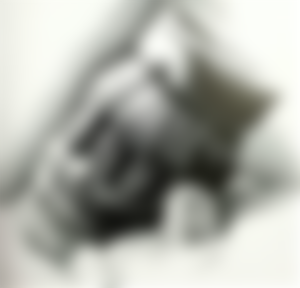
The next four lessons are also still life drawings. There is an onion and garlic still life, transparent wine glass, rose and an apple drawing. In each of these you learn all about creating texture and depth in your drawings as well as drawing negatively and how to draw reflective objects.
From there you start drawing portraits. Nolan shows you how to draw all the major features like the eyes and mouth. What I liked was that he shows you what to look out for with each one. Once you have completed say the ear class, you will be able to draw any ear and not just the one from the class itself.
What really makes this course stand out from the rest is that it goes much deeper than any of the other courses I have seen. There are even classes on how to draw material textures and hands.
I am still busy with the course myself - it's massive (there is over 32 hours worth of video in this course), but I know that my drawings are going to move up a few levels when I'm done.
The course is brand new, so is currently on a launch special at less than half price.
Have Fun!

